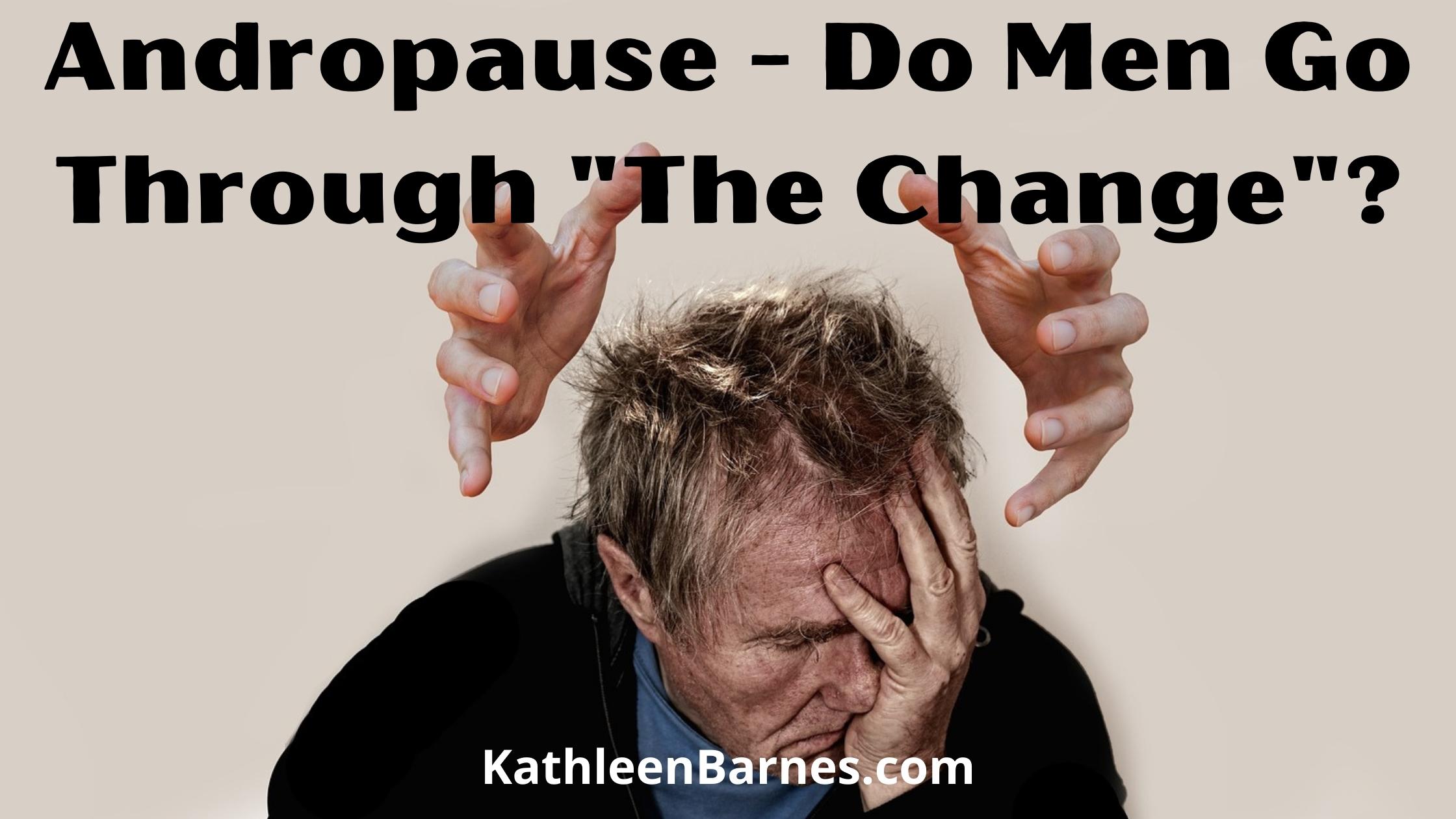 Do men experience The Change as they age, like women do?
Do men experience The Change as they age, like women do?
If so, is there a natural way of dealing with it?
Male menopause, if you want to call it that somewhat imprecisely, is a medically defined condition in which men’s hormone production slows and becomes imbalanced as they age, much like women experience with menopause.
Andropause, sometimes called hypogonadism, takes place when a man’s testosterone production drops. We’ve all seen the TV commercials about “Low-T.” We’re talking about andropause here.
Low testosterone production is often linked to a diminished production of DHEA (dehydroepiandrosterone), a precursor that helps men (and women) produce the hormones they need.
As far back as 1944, researchers defined what they called “male climacteric,” a basket of symptoms that includes, interestingly, loss of libido, potency, nervousness, depression, impaired memory, the inability to concentrate, fatigue, insomnia, hot flashes and sweating.
Does all of this sound familiar, ladies?
Andropause has also been linked to Alzheimer’s disease, osteoporosis, erectile dysfunction and diabetes.
This is pretty much where the similarities end. As we know, a woman’s reproductive life ends when she stops ovulating and menstruating. All women experience menopause.
Men, technically, can remain potent throughout their lives and all men do not experience andropause. If and when male hormones levels drops, the decrease is usually gradual, unlike women’s hormones, which fluctuate in perimenopause and then drop off dramatically and comparatively suddenly at menopause.
There are estimates that about 30% of men between the ages of 60 and 70 and 70% of men between 70 and 80 experience andropause.
The risk of low testosterone is high among men who are exposed to estrogen-like substances in the workplace, especially those who work in the pharmaceutical industry, plastic factories, near incinerators and on farms that use pesticides.
This suggests that there is an environmental factor in the hormone drops, which are not a natural part of the aging process in men.
Low testosterone may be difficult to recognize since the onset of symptoms is gradual and many men (and their partners) may think they are simply the products of aging.
Here are some symptoms to look out for:
- Changes in sexual function. This might include erectile dysfunction, reduced sexual desire, fewer spontaneous erections — such as during sleep — and infertility. Testes might become smaller as well.
- Changes in sleep patterns. Sometimes low testosterone causes sleep disturbances, such as insomnia, or increased sleepiness.
- Physical changes. Various physical changes are possible, including increased body fat; reduced muscle bulk, strength and endurance; and decreased bone density. Swollen or tender breasts (gynecomastia) and loss of body hair are possible. Rarely, men might experience hot flashes and have less energy.
- Emotional changes. Low testosterone might contribute to a decrease in motivation or self-confidence. Depression, sadness or have difficulty concentrating or remembering things are often reported.
There are natural ways to address andropause.
But first, you need to know precisely what your hormone status is and work with a qualified medical professional to determine the right treatment.
The first and most obvious is a clean diet, free of processed foods, low in sugar and artificial sweeteners and rich in vegetables. Regular exercise is in a close second place.
Over the counter DHEA may be helpful if the testosterone deficiency is slight, but men shouldn’t take DHEA without medical supervision because overuse can cause prostate cancer.
Natural testosterone replacement can be compounded to meet an individual’s specific by a compounding pharmacy with a doctor’s prescription.
There are also a variety of herbs and natural supplements to address the symptoms of andropause, including St. John’s wort, rhodiola rosea or SAM-e for depression, creatine for loss of muscle mass and l-arginine for erectile dysfunction.







